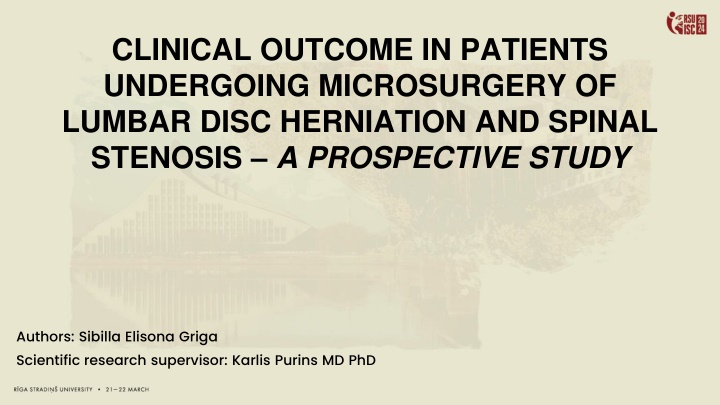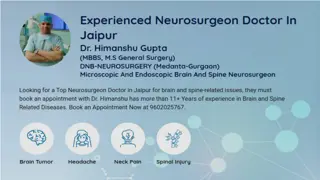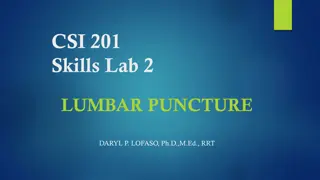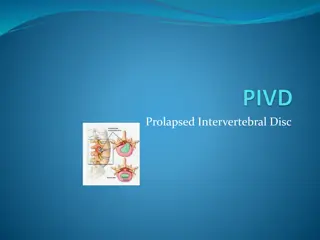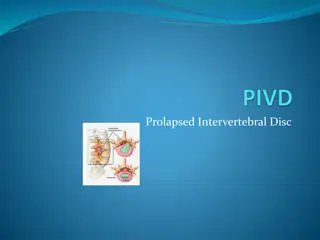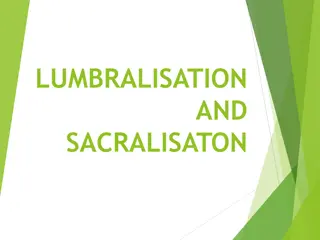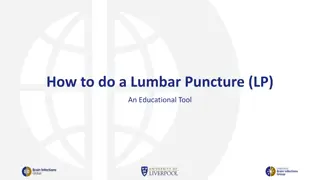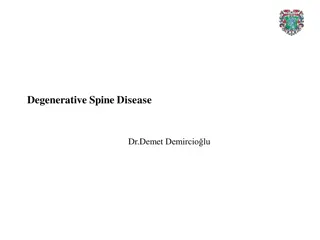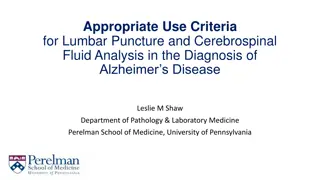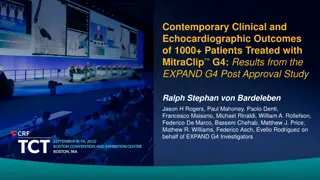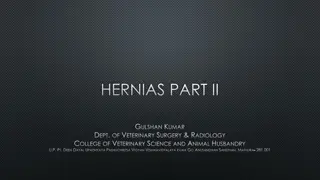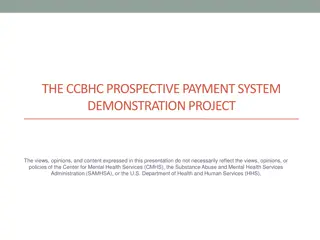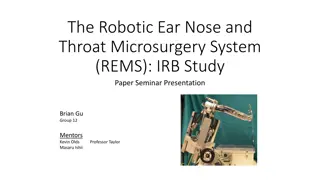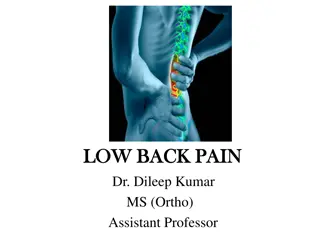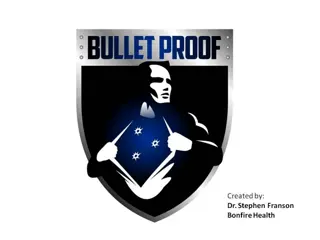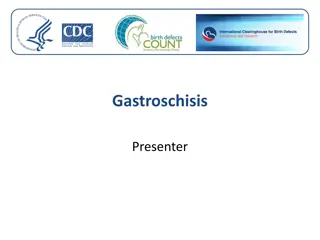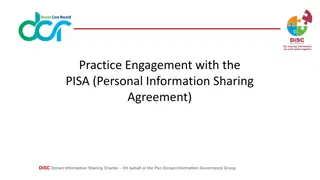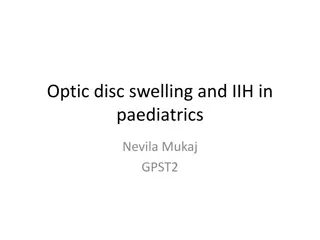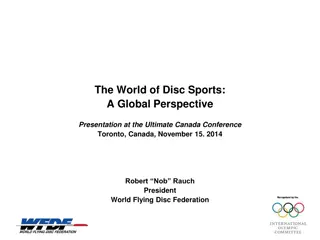Clinical Outcomes in Microsurgery for Lumbar Disc Herniation: Prospective Study
This prospective study examined the clinical outcomes in patients undergoing microsurgery for lumbar disc herniation and spinal stenosis. The study evaluated the effectiveness of surgical intervention using the Oswestry Disability Index (ODI) and Numeric Rating Scale (NRS) questionnaires preoperatively, at six months, and one year postoperatively. Results showed significant pain reduction and improved quality of life in both lumbar disc herniation (LDH) and lumbar spinal stenosis (LSS) groups. Higher preoperative ODI correlated with higher NRS values. Overall, the study indicates positive outcomes in patients undergoing microsurgery for lumbar disc herniation.
Download Presentation

Please find below an Image/Link to download the presentation.
The content on the website is provided AS IS for your information and personal use only. It may not be sold, licensed, or shared on other websites without obtaining consent from the author.If you encounter any issues during the download, it is possible that the publisher has removed the file from their server.
You are allowed to download the files provided on this website for personal or commercial use, subject to the condition that they are used lawfully. All files are the property of their respective owners.
The content on the website is provided AS IS for your information and personal use only. It may not be sold, licensed, or shared on other websites without obtaining consent from the author.
E N D
Presentation Transcript
CLINICAL OUTCOME IN PATIENTS UNDERGOING MICROSURGERY OF LUMBAR DISC HERNIATION AND SPINAL STENOSIS A PROSPECTIVE STUDY Authors: Sibilla Elisona Griga Scientific research supervisor: Karlis Purins MD PhD
OBJECTIVES / INTRODUCTION Lumbar back pain is critical issue in healthcare, often causing disabilities in working- age group. The Oswestry Disability Index (ODI) is eminent assessment instrument, relying on patients subjective experience. This clinical study is based on surgical intervention suitability and advantages. Using ODI and Numeric Rating Scale (NRS) questionnaires, assessments are conducted preoperatively, at six months and one year postoperative.
MATERIALS AND METHODS Fifty-one patient (mean age 54 years) with typical symptoms of LDH (lumbar disc herniation) and LSS (lumbar spinal stenosis) were included. The data were collected between (year 2021-2022), who underwent micro- spinal surgery. The main criteria preoperative diagnosis, age, gender, results in ODI (points, percents) including NRS, before surgery, 6 months and 1 year after surgery. Patients were divided into 2 groups by diagnosis LDH (n=31) and LSS(n=20). This study was approwed by RSU Research Ethics Committee (2-P K- 4/259/2024)
RESULTS Both groups showed significant reduction in pain and improved the quality of life. NRS values before surgery LDH: 7 (IQR 6;8) LSS 7 (IQR 6;8) showed no statistical difference [p=0.858]. Six months post-surgery - significant changes were observed NRS for LDH 1 (IQR 0;2) and LSS 2 (IQR 1;2) [p<0.001].
RESULTS One year follow-up, NRS for LDH 0 (IQR 0;1) and LSS 0 (IQR 0;0) showed no significant differences [p=0.582]. A correlation percentages associated with higher NRS values. (r=0.36, p<0.010) revealed higher preoperative ODI However, it should be noted that in one case there were two diagnosis both LDH and LSS, and in one after 3 months patient had reoperation.
CONCLUSIONS The results of this study The results of this study shows in both patient groups who underwent microsurgery in both patient groups who underwent microsurgery However, there However, there are are significant differences in recovery time significant differences in recovery time those with disc hernia recovers faster than LSS than LSS Patients treated using microsurgical technique are estimated Patients treated using microsurgical technique are estimated for improved improved quality quality of of life life shows a significant reduction of pain and improvement of the quality of life a significant reduction of pain and improvement of the quality of life those with disc hernia recovers faster for fast fast recovery recovery and and significantly significantly
REFERENCES 1. Ramamurthi,R. (2012). Chapter 109, Pathophysiology of Disc Degeneration, 2432(3) , 1241-1245 2. Alexander J. Butler; Sunil Munakomi; Chester J. Donnally III, Discectomy (2023), https://www.ncbi.nlm.nih.gov/books/NBK544281/ 3. Brain and Spine, 2022-01-01, Volume 2, Article 100934, Prashant Adhikari, Engin etin, Mehmet etinkaya, Vugar Nabi, Selcen Y ksel, Alba Vila Casademunt, Ibrahim Obeid, Francesco Sanchez Perez-Grueso and Emre Acaro lu 4. Zaina F, Tomkins Lane C, Carragee E, Negrini S. Surgical versus non-surgical treatment for lumbal spinal stenosis. Cochrane database of systematic reviews 2016, 1. issue. Art. Nr.: CD010264. DOI: 10.1002/14651858.CD010264.pub2.
Thank You! https://content.presentermedia.com/files/clipart/00005000/5228/figu re_with_back_pain_800_wht.jpg
